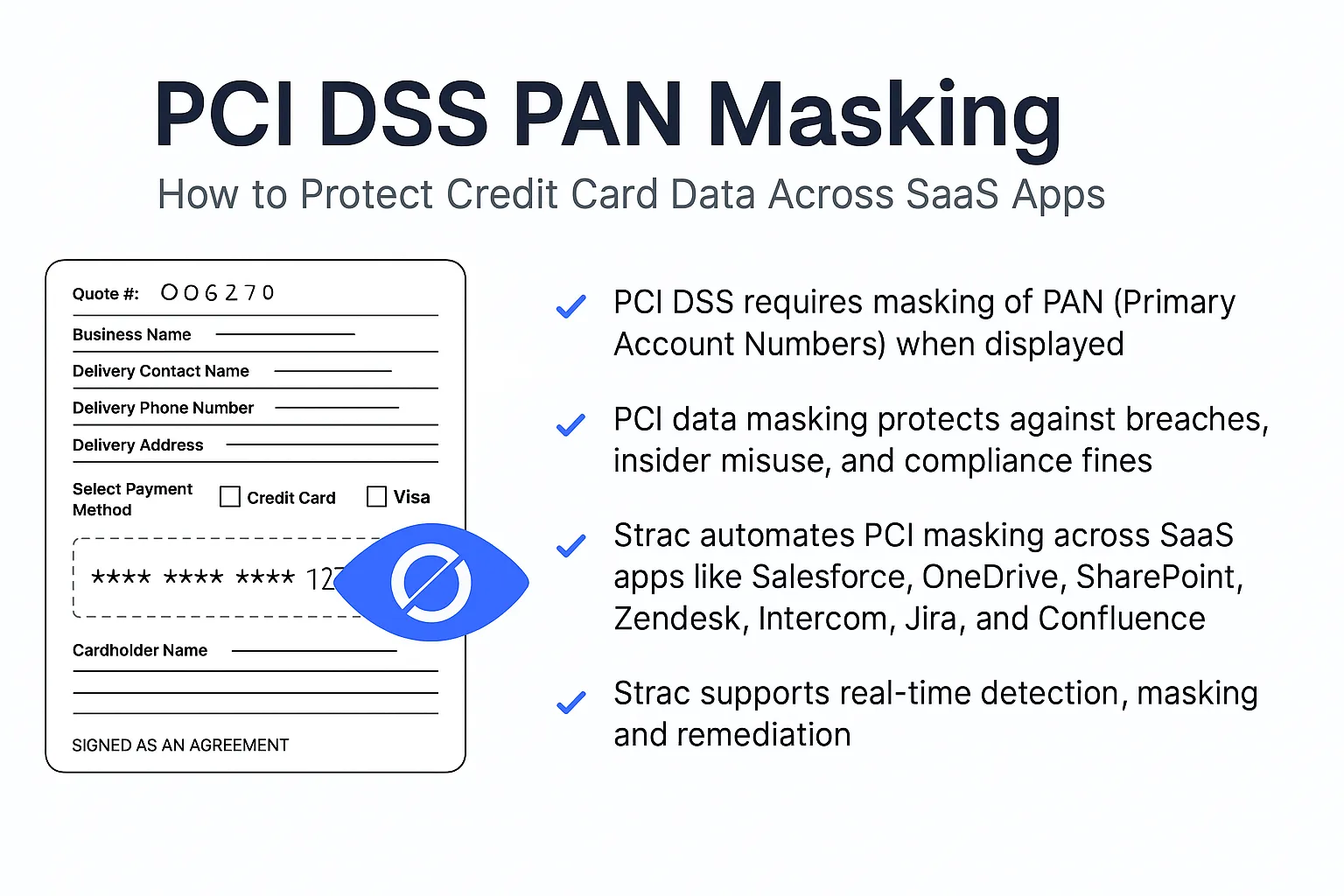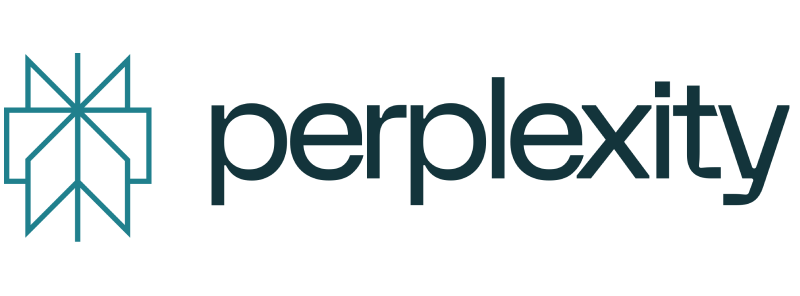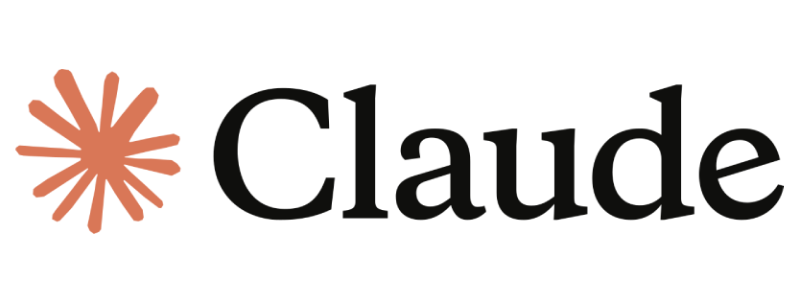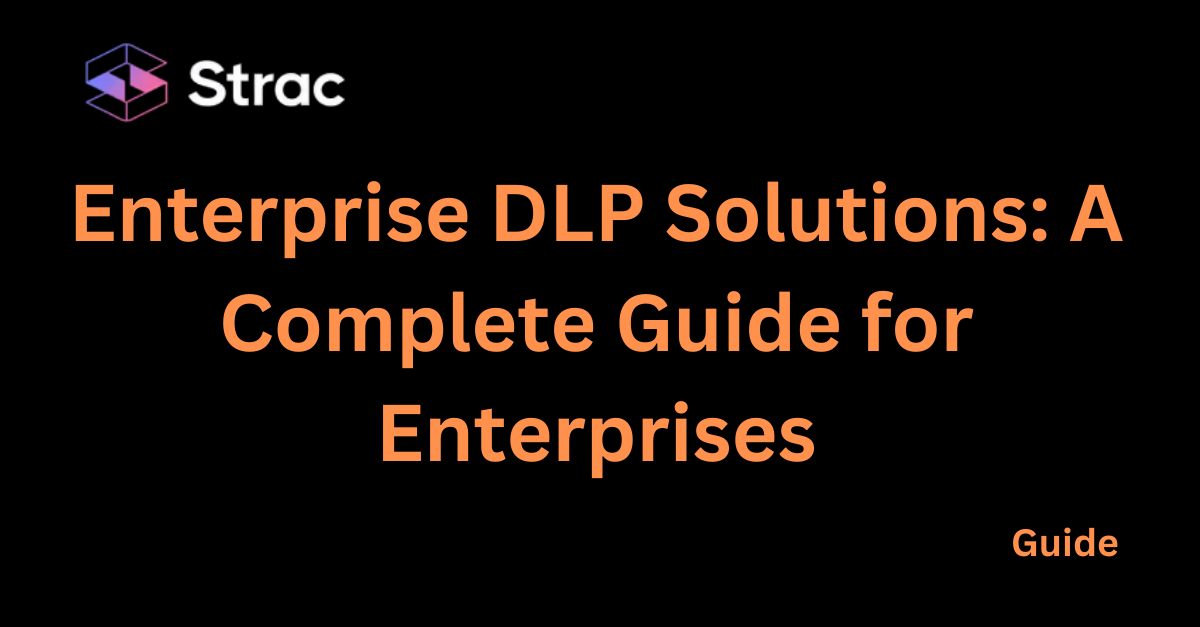TL;DR
TL;DR
- Microsoft Teams is a critical collaboration tool and a potential data leakage risk.
- Implementing robust data loss prevention (DLP) policies in Teams can help protect sensitive data shared in channels, chats, and meetings.
- DLP automatically scans Teams content for sensitive data types and takes actions like blocking, redacting, or notifying users to prevent unauthorized exposure.
- Key capabilities include integrated protection with Office 365, real-time scanning, automatic remediation, and detailed reporting.
For many businesses, Microsoft Teams is the hub of collaboration—where employees chat, meet, share files, and get work done together. However, this also means Teams can become vulnerable to data leakage if sensitive information is shared in channels, chats, or meetings. Applying robust data loss prevention (DLP) policies to Teams is crucial to identifying and automatically protecting an organization's confidential data.
The Risks of Data Loss in Data Loss Prevention Teams
While Teams provides tremendous productivity benefits, its flexible sharing capabilities can also enable data leakage:
- Employees may inadvertently post proprietary documents or messages containing sensitive data in Teams channels accessible to a broad internal or external audience.
- Confidential files or screenshots can readily be shared in Teams chats and meetings, exposing that data to unauthorized viewers.
- External guests and partner organizations you collaborate with in Teams may have looser data compliance controls, increasing exposure of sensitive data you share with them.
- Teams supports seamless switching between chat, meeting and collaboration modes. This flexibility can lead to accidental oversharing as users interact casually in Teams.
- Team owners may add guests without understanding the compliance implications if those guests can now access and share sensitive internal data.
 |
Data Loss Prevention: Automatic Protection for Teams
Data loss prevention (DLP) policies provide the solution to these risks by automatically scanning Teams content and communications for sensitive data types. DLP acts as an automated gatekeeper, ensuring confidential data remains protected.
DLP policies work by detecting sensitive data types in Teams messages, channels, chat, meetings and shared files. For example, policies can look for financial data, healthcare records, source code, or other proprietary text and document types.
When a DLP policy detects the potential leakage of sensitive content, it can take immediate action to prevent exposure and notify the user who triggered the policy. These actions include:
- Blocking sharing of files containing sensitive data
- Restricting external guest access to messages or channel posts with sensitive data
- Redacting portions of a Teams message that contain sensitive data
- Displaying policy tips to notify the user and explain the violation
DLP provides 24/7 data protection that works automatically in the background, ensuring users don't expose confidential information even inadvertently.
For organizations looking to enhance their data loss prevention strategy beyond native Teams capabilities, Strac offers a comprehensive solution that integrates seamlessly with Microsoft Teams and other platforms.
Key Capabilities of Data Loss Prevention Teams for Microsoft Teams
DLP integrates with Teams using the same content scanning and sensitive data definitions that are utilized across Office 365. This enables unified data protection policies spanning Teams, Exchange, SharePoint and OneDrive.
Here are some of the key capabilities that make DLP effective at securing Teams:
Integrated protection - Teams DLP leverages Office 365's sensitive data types for unified policy coverage.
Real-time scanning - DLP acts at the moment of sharing, scanning each Teams message on send.
Automatic remediation - Violations are blocked and remediated without user intervention based on DLP policy rules.
User education - Policy tips gently notify users of violations and coach them on proper data handling.
Detailed reporting - Admins can access full activity reports to refine policies by identifying trends.
Customizable rules - Policies support extensive criteria for tailored protection based on content types, user roles, sharing actions and more.
Simulation mode - Admins can evaluate the impact of policies prior to enforcement to avoid unexpected business disruption.
Deploying Data Loss Prevention for Teams
Follow these leading practices when implementing DLP to help secure your Teams environment:
Start with existing policies - Modify current DLP policies to include Teams as a protected location for rapid time-to-value.
Craft targeted policies - Develop specific DLP policies for Teams channels, chats and meetings based on your collaboration patterns and data protection needs.
Educate end users - Enable policy tips to inform users of violations and provide coaching on proper data handling in Teams.
Analyze incident reports - Review violation reports to identify policy gaps and refine rules to close loopholes.
Collaborate with compliance - Partner with compliance teams to align DLP policies with broader regulatory and data retention requirements.
Test in simulation mode - Leverage simulation mode to evaluate the impact of policies prior to full enforcement.
Review regularly - Periodically review policies and violation reports to ensure continued protection as usage patterns evolve.
Securing Guest Access with Data Loss Prevention Teams
Many organizations collaborate with external partners, vendors, contractors and customers within Teams channels. While guest access can enhance collaboration, it also creates potential compliance risks if guests can view or share sensitive internal data.
DLP provides tools to mitigate these risks when collaborating with guests:
- Set policies to block guest access to messages, files or channel posts containing sensitive data. This ensures guests can only view non-confidential conversations and documents.
- Use policy tips to notify internal employees when they attempt to share protected data with guests, helping prevent accidental exposure.
- In Shared Channels with external teams, the host organization's DLP policies are enforced for all participants, keeping your data protected.
- Audit incident reports to identify risky data sharing activities with guests so you can refine policies to close loopholes.
With proper DLP guardrails in place, organizations can safely collaborate with external partners in Teams without compromising security or compliance.
 |
How Strac Can Help
Strac offers a comprehensive data loss prevention solution tailored for Microsoft Teams and other collaborative platforms. As a SaaS/Cloud DLP and Endpoint DLP solution, Strac enhances your data loss prevention process with modern features designed to protect sensitive information across your entire digital ecosystem.
Strac's built-in and custom detectors support all sensitive data elements for PCI, HIPAA, GDPR, and any confidential data. Uniquely, Strac offers detection and redaction capabilities for images and deep content inspection for various document formats. Explore Strac's full catalog of sensitive data elements to see the breadth of protection available.
For organizations concerned about compliance, Strac DLP helps achieve standards for PCI, SOC 2, HIPAA, ISO-27001, CCPA, GDPR, and NIST frameworks. With easy integration, customers can implement Strac and see live scanning and redaction on their SaaS apps in under 10 minutes.
Strac's machine learning models ensure accurate detection and redaction of sensitive PII, PHI, PCI, and confidential data, minimizing false positives and negatives. The solution offers extensive SaaS integrations, including AI integration with LLM APIs and AI websites like ChatGPT, Google Bard, and Microsoft Copilot.
For comprehensive protection, Strac provides Endpoint DLP that works across SaaS, Cloud, and Endpoint environments. Developers can leverage Strac's API support for custom implementations, while inline redaction capabilities ensure sensitive text is masked or blurred within attachments.
Strac's customizable configurations and out-of-the-box compliance templates allow for flexible, tailored data protection measures. Don't just take our word for it – check out our satisfied customers' reviews on G2.
Adopting a Proactive Stance
While Microsoft Teams offers built-in DLP capabilities, organizations seeking more comprehensive protection across their entire digital ecosystem can benefit from Strac's advanced data loss prevention solution.
Strac provides cutting-edge DLP for Microsoft Teams, as well as other SaaS applications, cloud services, and endpoints. With features like AI-powered detection, custom data element configuration, and deep content inspection for various file formats, Strac offers a robust layer of protection for sensitive data.
Ready to take your data loss prevention strategy to the next level? Book a demo with Strac today to see how our advanced DLP solution can protect your sensitive data across Microsoft Teams and beyond.
.avif)
.avif)
.avif)
.avif)
.avif)
Discover & Protect Data on SaaS, Cloud, Generative AI















.webp)














.webp)

.webp)










.gif)
